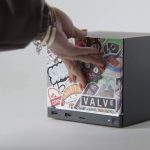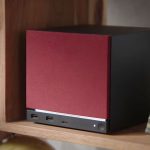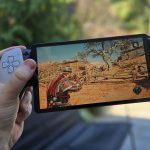Sony PlayStation VR2 review
Hardware full of potential, a clear step forward for mainstream VR entertainment
KOSTAS FARKONAS
PublishED: February 21, 2023
UPDATED: MARCH 14, 2023 11:05 PM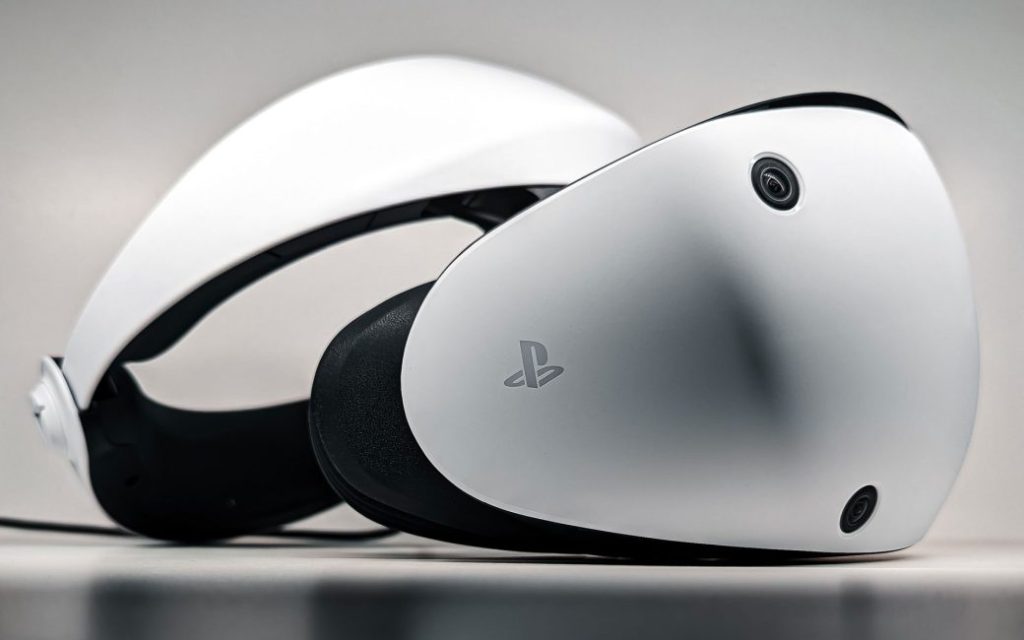
So, it’s finally here: after tactically dropping information about it for more than two years — talking about the hardware, its design, its backward compatibility, its cost and its launch lineup — Sony is ready to release its PlayStation VR2 virtual reality peripheral for the PlayStation5. Its predecessor, the company’s first such product, was released back in autumn 2016 for a totally different system, under totally different circumstances. This means that any review of the PS VR2 will have to take the original PS VR into account, but also recognize that we’ve seen many VR systems and games since then. The Metaverse was also not a thing in 2016 (assuming it’s a thing in 2023), Apple was not getting ready to enter the VR/AR arena in 2016 and Microsoft had not already abandoned AR/VR in 2016. It’s, for better or worse, a totally different market.
So this can’t be just about how this new version of PlayStation VR compares to the previous one as, knowing Sony, it was bound to be much better anyway. It must also be about how the PS VR2 is positioned compared to other competitive products, about what it brings to the table as a VR device as well as about the value proposition it represents in 2023 terms. It should also be about how it fits in Sony’s current PlayStation ecosystem (as this is still in the process of transitioning to the PS5) but also about how it fits in the Japanese company’s overall entertainment strategy. The Sony of 2016 is not the Sony of 2023, so what does that mean for PSVR2 moving forward?
A lot of ground to cover, then. Shall we?
PS VR2 tech specs: a clear step forward
A VR system designed to be paired with a PS5 would obviously have to be much more potent than its PS4-bound predecessor, yes, but Sony went the extra mile in almost every sense with PSVR2. In fact, this product somehow manages to be better than much more expensive VR equipment in certain ways while retaining its PlayStation identity and the accessibility associated with products meant for the mainstream market. It’s harder than it sounds to pull off and Sony deserves credit for that.
Taking a careful look at what the PS VR2 platform offers over the original PS VR one drives the point home:
| PlayStation VR | PlayStation VR2 | |
| Display type | OLED | OLED |
| Panel resolution | 960×1080 pixels per eye | 2000 x 2040 pixels per eye |
| Panel refresh rate | 90Hz/120Hz | 90Hz/120Hz |
| Lens separation | – | Adjustable |
| Field of View | Approx. 100 degrees | Approx. 110 degrees |
| Sensors | Motion Sensor: 6-axis motion sensing (3-axis gyroscope, 3-axis accelerometer) Attachment Sensor: IR Proximity sensor | Motion Sensor: 6-axis motion sensing (3-axis gyroscope, 3-axis accelerometer) Attachment Sensor: IR Proximity sensor |
| Cameras | External PlayStation Camera (PS4/PS5 via PS5 camera adapter) | 4 embedded cameras for headset/controller tracking, IR camera for eye tracking per eye |
| Feedback | – | Vibration on headset |
| Connection | HDMI to PS4, HDMI to TV, USB to PS4, headset to processor unit, camera to PS4, processor unit to power | USB Type-C to PS5 |
| Audio Input | Built-in microphone | Built-in microphone |
| Audio Output | Stereo headphone jack | Stereo headphone jack |
| Weight | Approx. 600g (21.16 oz) | Approx. 560g (19.8 oz) |
| Dimensions | Approx. 187 × 185 × 277 mm (7.4 x 7.2 x 10.9 in) (width × height × length) | Approx. 212 × 158 × 278 mm (8.3 × 6.2 × 10.9 in) (width × height × length) |
It’s obvious that what Sony focused on with the PS VR2 was the stuff that would elevate the virtual reality experience for PS5 owners while addressing certain issues that annoyed PS VR owners in the past for a more streamlined user experience overall. The display is much, much better, connectivity is more straightforward (as during the setup process) and the tracking system is much more accurate and flexible, hence more effective. What’s more, movement tracking is now included in the product’s specs — Sony’s Move controllers for the original PS VR were not required for many games, which held the peripheral back in some respects — so developers can focus on control schemes they know will work for every PS VR2 owner.
Importantly, there’s stuff here that no other consumer VR headset offers by default right now, such as eye tracking and headset vibration, which developers may need some time to truly take advantage of but may prove to be hugely important in certain types of games. It’s clear that the PS VR2 was built with this in mind and future software updates (done through the PS5) can help with that in the long run.
PS VR2 Setup, build quality, ergonomics: all top-notch
The new PS VR comes in a sizable package that’s protecting Sony’s new VR peripheral well. Unboxing it holds no surprises, as there are precious few items included: the headset itself, the pair of wireless controllers, a USB-C cable for charging the controllers, a pair of simple headphones and a printed manual. That’s it. Memories of the original PS VR unboxing were decidedly unpleasant in comparison, as there were so many more items to sort out, and so many cables to connect, it was almost jarring. The PS VR2? It could have included just the headset and the pair of Sense controllers and it would have been perfectly fine!
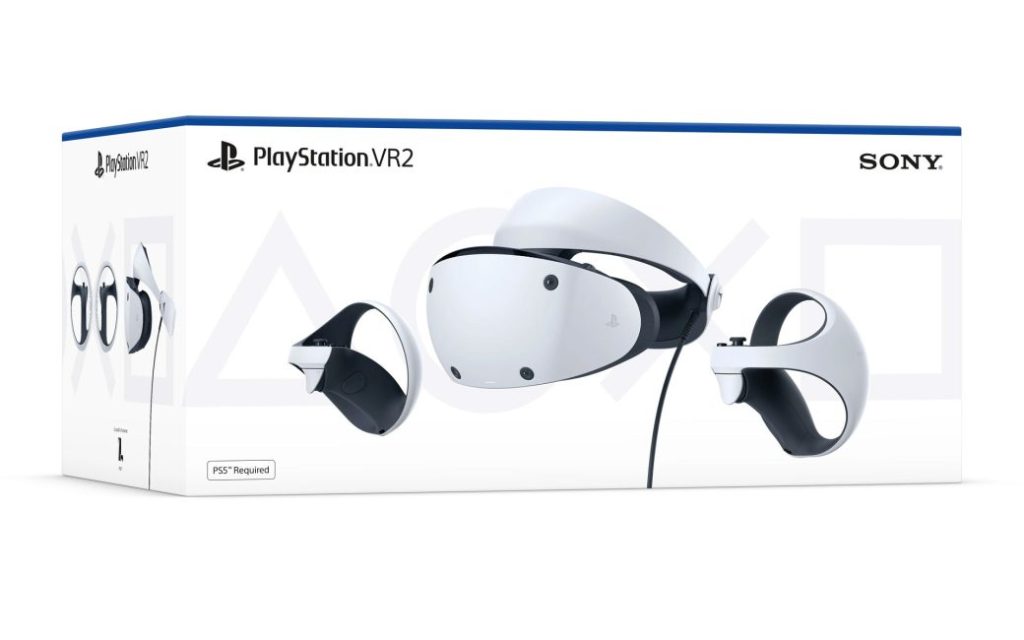
This simplicity is mirrored in the setup process. All consumers have to do is connect the headset to the PS5’s USB-C port, pair the controllers with the PS5 — not wirelessly, which is kind of strange — adjust the lighting conditions of the current room, adjust the headset (after doing that there’s no need for even turning on the TV in order to play) and define the play area into which the PS VR2 will be used. That’s it. The headset adjustment process is the most involved one because the lenses of the peripheral need to be perfectly aligned to the player’s eyes so it can track them (more on that in a minute), but it’s not a difficult process by any means and Sony’s software is helpful enough. The PS VR2 allows for the use of prescription glasses too so, if included in the setup process, they won’t be a problem.
Just a few quick rounds of playing are all it takes to note that PS VR2 is extremely well-designed and built. The headset and controllers are made of the same hard plastic the PS5’s official covers are made of — the same color as the default one too, for obvious reasons — while every part of the headset that’s in contact with consumers’ heads is soft but sturdy and 100% effective at what it’s supposed to do. The headset is very well balanced, distributing its weight all around its body and putting hardly any pressure on the player’s forehead or neck: the fact that it did not prove tiring to wear for three- or even four-hour gameplay sessions speaks volumes.
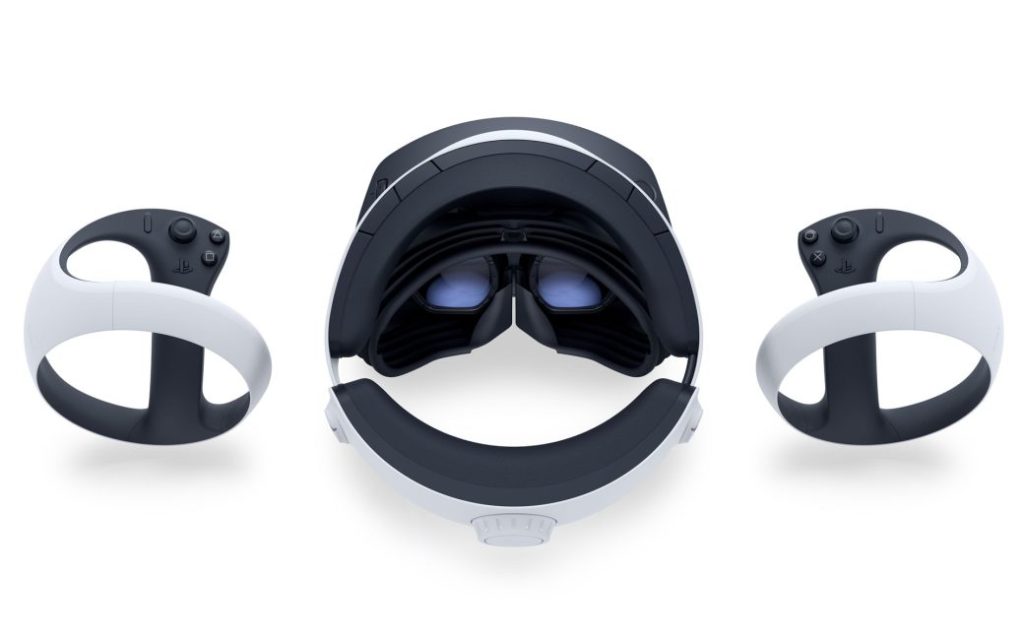
The comfortable build is complemented by the product’s impressive design, all gentle curves and modern lines and small details here and there, looking futuristic enough without overdoing it. Most important of all: even in the first ten minutes of using it, this product feels well-researched, well-tested and premium. As it very well should.
PS VR2 features and performance: true next-gen, true potential
Impressive tech specs and ergonomic design are all well and good, but how does the new PlayStation VR fare when it comes to what people will be buying it for, that is playing virtual reality games? As it turns out, amazingly, ever spectacularly well at times, although one should probably frame his/her expectations wisely before diving in.
Yours truly played around a dozen PS VR2 games (of the 40 available on launch day) before publishing this review (more impressions are coming but it will take a bit of time). A few things, though, regarding Sony’s new device became clear rather quickly:
- Games on the PS VR2 look nothing like their original PS VR counterparts or like games on any other VR device for that matter. The dual high-resolution, OLED screens Sony’s headset works with are incredible, displaying a crisp, punchy image that’s full of detail, demonstrating depth in a way that has to be seen to be believed. The refresh rate of that display is not higher than the original PS VR’s (90 Hz/120 Hz) but in-game content looks much more solid and motion is way smoother (the processing power of the PS5 is obviously helping with that). The clarity and stability of the picture offered by the PS VR2 are the main reasons why playing on it for more than 2 or 3 hours at a time doesn’t induce fatigue in the way most other VR systems do.
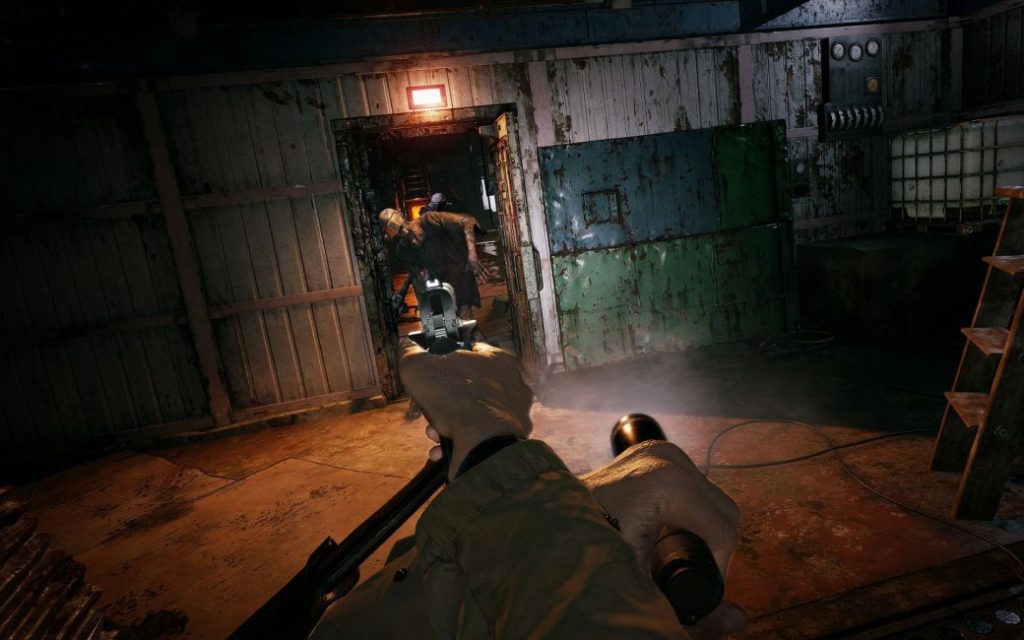
- Eye tracking works much better than expected. In fact, it works in the best possible way, functionally making itself invisible to the player. In short: the sensors inside the helmet can tell what gamers are looking at on the display, something the PS VR2 can use in three different ways right now. One, the direction and focus of a player’s eyes can work in the navigation and selection of menus and items, which is just as futuristic as it sounds (Sony might even add more such “eye gestures” in the future via firmware updates). Two, certain PS VR2 games can already “track targets” and “aim to fire” by glancing at specific moving objects on the screen. More titles are expected to use eye tracking as a gameplay mechanic later on, maybe in ways we can’t quite figure out now. Three, the PS5 can use that information - what the player is looking at and what he/she is not looking at - so as to render that part of the screen at maximum quality while lowering the quality of everything else. This is happening at a system level, so as PS VR2 games become more ambitious and taxing on the PS5 GPU, this (it’s called foveated rendering) will prove invaluable to developers.
- 3D sound is even more effective in virtual reality than in traditional games and some PS VR2 titles are proof of that. The way the PS5’s Tempest Engine drives sound effects (and music in certain cases) “around” the player while the helmet is tricking his/her brain that this happens in the same physical space is uncanny. Sony provides a pair of simple in-ear headphones with the PS VR2 - they are ingeniously placed inside the headset, remaining practically hidden and easily accessible at the same time - but consumers can replace that with the headset of their choice. They can do that by either using the same 3.5mm jack or by going wireless (in that case consumers will have to use headsets that come with a USB receiver the PS5 can recognize). Yours truly played every PS VR2 title while wearing Sony’s own Pulse 3D headset (which matches the aesthetic of the new helmet perfectly) but many other models are already reported to be compatible with the new peripheral.
- The Sense wireless controllers are a far cry from the Move controllers the original PS VR had to work with. Not only are they far quicker and more accurate, but they also provide haptic feedback - yes, just as the PS5’s DualSense controllers do, only more subtle - and finger tracking, two features that make all the difference when players are interacting with the virtual world. As a result, the “feeling” of touching or holding things and the feedback received by the player are already great in some games and will get better with time. Talking about feedback, concerns about that headset feedback feature being a gimmick were not unreasonable: come on, who actually needs to feel sudden rumbling inside his/her headset while playing, right? As it turns out, if used carefully and sparingly, this can add to the immersion of PS VR2 titles of different kinds (people not liking it can always turn it off in Settings).
- Regarding the overall entertainment experience offered by the PS VR2, a lot depends on how far each development team tried to push the envelope with its own game. It seems not too difficult to port an existing title for the original PS VR or a PC game e.g. for Valve’s Index to PS VR2, but taking advantage of its unique advantages is a whole other story. Many of these ports are quite good, actually, just not what most consumers would put down $549/€549 for. Full productions custom-made for the PS VR2, on the other hand – such as Horizon: Call of the Mountain – are much more indicative of what the device can really do, but they probably need the development time and resources most AAA PS5 games do in order to reach that level of quality. That is why we are not getting many of those at launch.
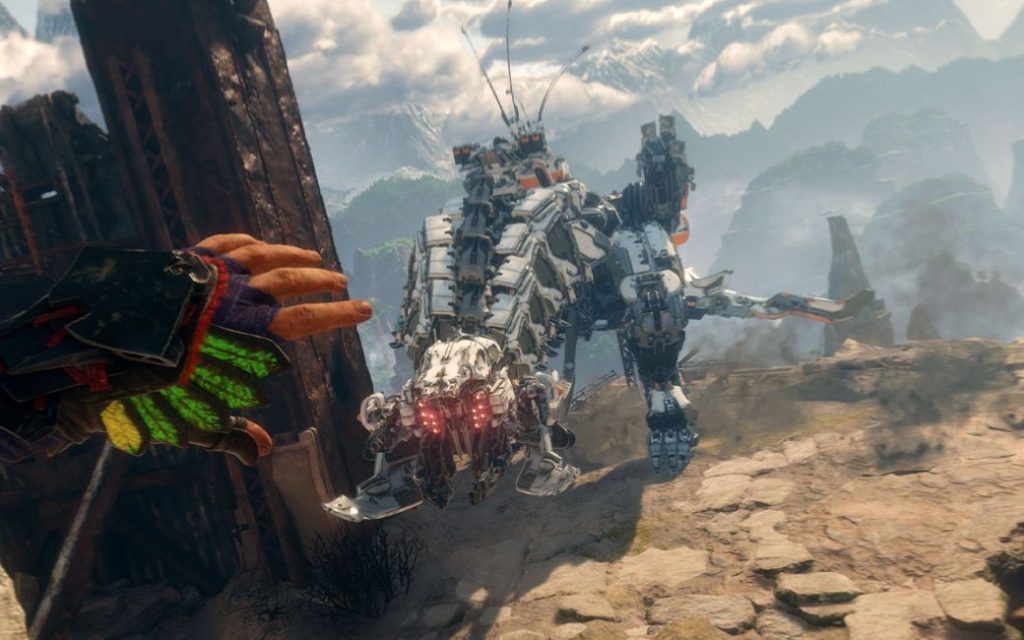
- Despite the incomparable level of immersion PS VR2 is capable of offering, there’s no getting around the fact that the headset is still tethered to the PS5 via a USB-C cable (which is quite long but not detachable so it can’t be replaced by a longer one). After having played with the Meta Quest 2, which is totally wireless, one does feel somewhat constrained by the wired connection to the PS5, having to be mindful of not stepping on that cable (which would bring the PS5 down hard) while playing certain intensive games. It gets easier to not mind it too much after a while, but it’s still something consumers should be aware of.
PS VR2 extra functionality and future possibilities
As a PlayStation product, the PS VR2 will always be focused on games, obviously, and that is as it should be. But hardware this powerful and versatile could also be used for other things and Sony, being aware of that, is offering two extra PS VR2 functions worth mentioning. One is the option to watch films and TV shows through the device’s Cinematic Mode: this was available to owners of the original PS VR too, but its PS VR2 version is improved by displaying content at true 1920×1080 resolution, complete with HDR and audio support. It essentially creates a kind of “personal theater” in front of the player’s eyes, allowing him/her to watch films or TV shows as if standing in front of an almost 200-inch movie screen.
This Cinematic Mode can display entertainment content from almost every source the PS5 itself allows, so everything from streaming apps or services to multimedia files stored on USB drives to Blu-ray discs will do (3D Blu-ray movies are not supported and it’s unlikely they’ll ever be). The PS VR2 is smart enough to adjust its refresh rate to the “cinematic” 24 frames for movies while also supporting 60 frames for other types of content (e.g. sports). What’s more, the same Mode can also be used for gaming: anyone can play regular PS4 or PS5 games on the headset’s screen as he/she would on a TV set. These are not presented in true VR, obviously, but are still very enjoyable on such a (perceived) large screen, especially when running at 1080p/120FPS (matching the 120 Hz refresh rate of the headset’s OLED panels). In that use case gamers will be playing with DualSense controllers, obviously.
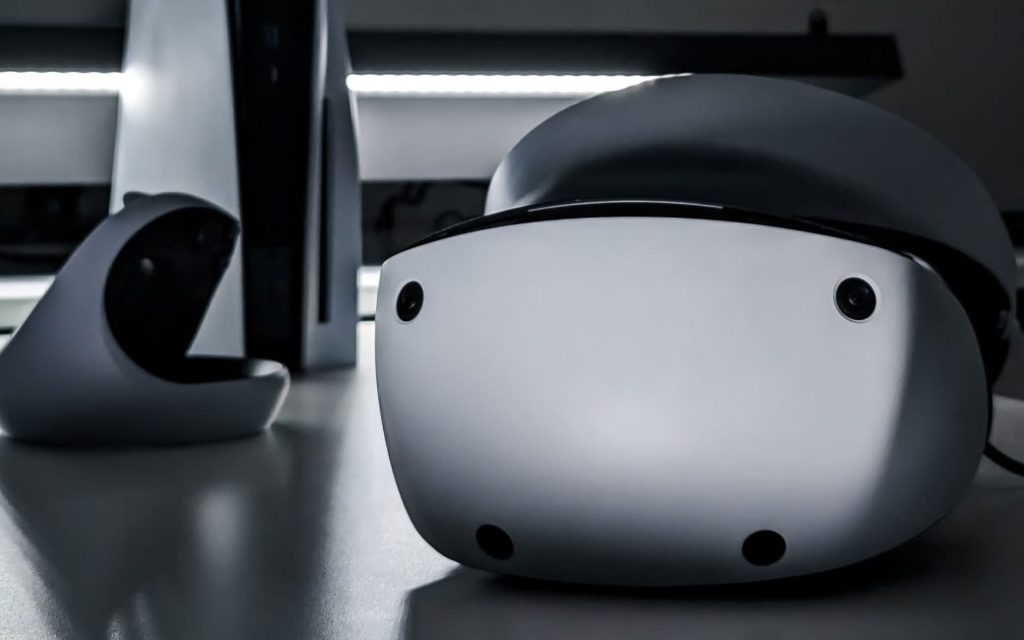
The most intriguing extra function a PS VR2 could be getting in the future, though, would be of interest to computer owners: if connected to a modern PC based on Windows 10/11 via a USB-C port, the PS VR2 is already recognized as an external screen (but Microsoft’s OS cannot do anything with it without a compatible software driver that properly sets its resolution and refresh rate). Theoretically speaking, there’s nothing keeping Sony from developing those drivers and offering them for free, instantly adding value to the PS VR2 as a peripheral that’s also PC-compatible (to a degree).
There’s already proof that this should not be all that hard to achieve, actually: some consumers using nVidia GeForce 2xxx GPUs are reporting that the PS VR2 is straight-up recognized as an external display by Windows 11 if it’s connected to the USB-C port of those graphics cards instead of a USB-C motherboard port. The nVidia GeForce 2xxx was the last generation of GPUs supporting VirtualLink, a technology specially designed to allow the transfer of data, video and audio through a single cable to VR headsets.
The PS VR2 apparently supports it too, even offering proper sound management. Windows 11 recognize it as a 1080p (not 4K) display, with no support for HDR, but the very fact that the PS VR2 works in Cinematic Mode with PCs without needing any other software is obviously encouraging. There’s even talk about the developers of iVRy — the unofficial software that allows for use of the original PS VR on PC — already working towards a PS VR2 version to be released on Steam.
It’s safe to say that Sony is not planning on publishing VR games for PC anytime soon (even though it can’t be completely ruled out given the company’s much stronger presence in the PC gaming market in the last couple of years). But what it could do is offer a good set of Windows drivers for PS VR2, allowing it to be used with Windows PCs for anything non-gaming, from enjoying the Cinematic Mode with films or TV shows to actually working on their desktop via the headset and controllers. Since it’s certain that curious programmers are looking into making the PS VR2 work that way as we speak, so why not get in front of it, Sony, and have an easy win that may prove important in the future?
The elephant in the room: that controversial price tag
So the PS VR2 is an accomplished piece of tech with obvious potential and some of the world’s most creative development teams backing it up. Still, €549/$549 is not an inconsiderable amount of money: it’s more money than what the hardware actually driving it, the PlayStation5, is going for — which, historically speaking, does not help the case of any gaming console peripheral. What’s more, the current market climate is not ideal for products that, at first glance, seem closer to luxury than to necessity…
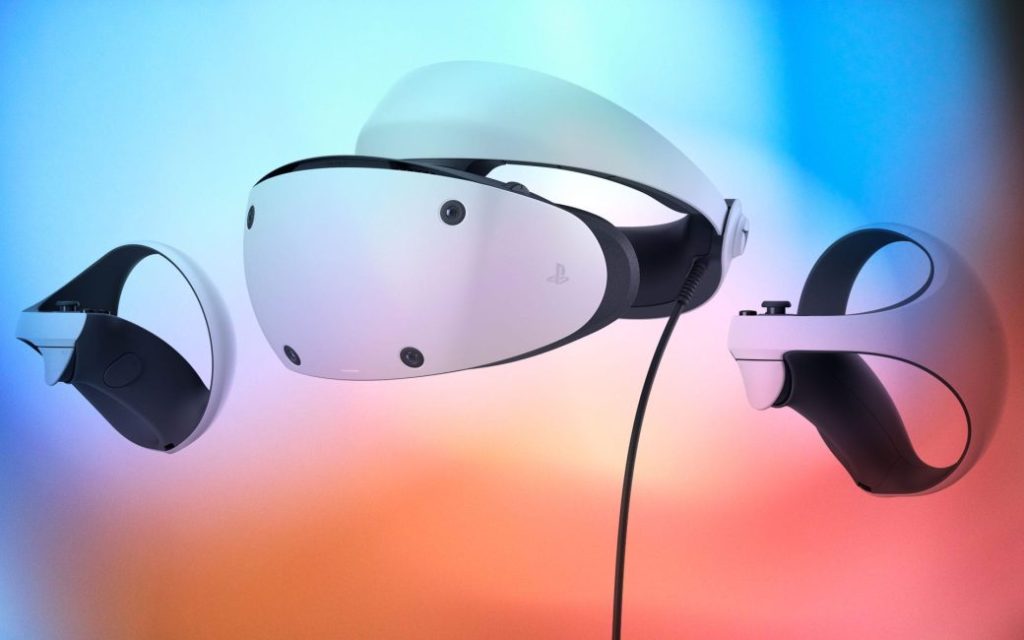
…and yet. And yet! It’s impossible not to be impressed by what Sony has pulled off here. This is an advanced VR headset that’s offering features other comparable products three times more expensive are not. It is extremely well-designed, very well-made and well-supported in terms of platform documentation and accessibility. Its package includes everything necessary, so no extras to pay for at a later date (as was the case with the original PS VR). Last but not least, it’s consumer-friendly and games-oriented: not a general-purpose AR/VR product, but a product laser-focused on offering VR gaming experiences at the highest possible quality afforded by the PS5.
In our book, this is a competitive advantage: the Cinematic Mode function is a nice bonus, and official PC compatibility would be a great one, but the PS VR2 will always be focused on games. In a market already expressing doubt about the actual value of “generic” AR/VR, this is a big plus.
The PS VR2 is not cheap, yes. But, when all of the above is taken into account, it’s not unreasonably costly either. In fact, it is the cheapest possible way one can play high-quality video games in VR since, for about a grand (a PS5 Digital Edition plus a PS VR2), one gains access to the kind of virtual reality experiences a PC-based solution can only match at much higher prices. An HTC Vive Pro 2 or a Valve Index VR, coupled with a PC capable of delivering the same graphics fidelity a PS VR2 delivers driven by a PS5, can cost no less than $3000 right now. It really is that simple.
The verdict: PSVR2 rocks — now all we need is more AAA exclusives
So — contrary to what many people would initially think by looking at that $549/€549 price tag — assessing the PS VR2 as a worthy purchase or an interesting luxury is not just a matter of cost. It’s a matter of value delivered to different target groups within the large PS5 user base — which is considerably harder to quantify. Let’s go for something simpler before attempting that, then: is the PS VR2 reason enough for consumers who haven’t gotten their hands on a PS5 yet, to do so now for playing its first VR games? For those who can easily afford it, yes. For those that need at least one excuse for doing so, here it is: Gran Turismo 7 in VR. For everyone else, getting the PS5 now and waiting until more such excuses reveal themselves would probably be wiser.
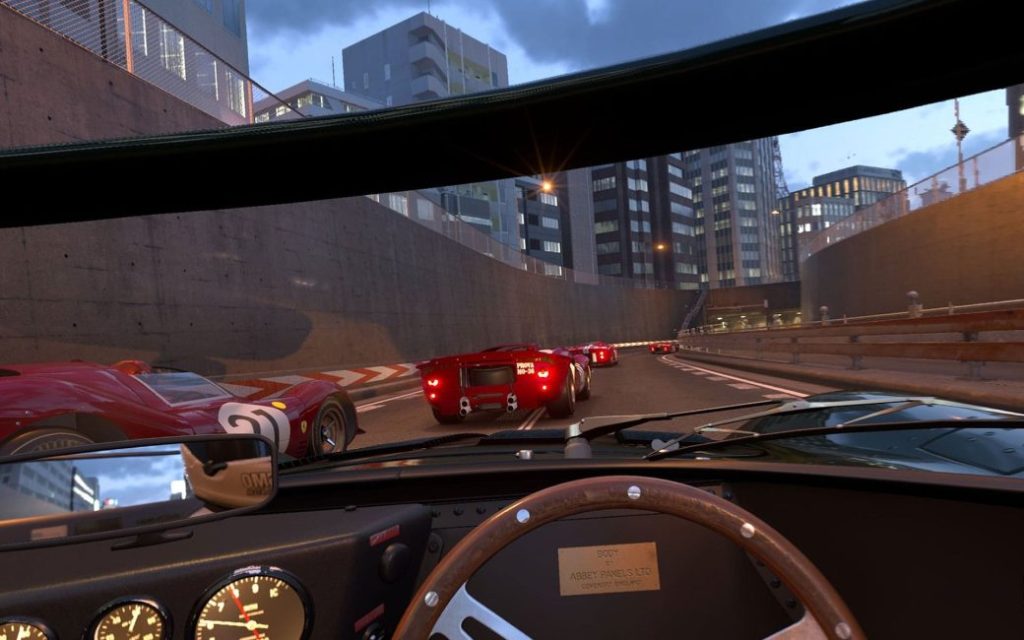
What about the 32 million people who already got their PS5? This is where it gets a bit more complicated. PlayStation5 owners who like GT7 and play it regularly will fall in love with it all over again when they play it in VR — so, for those, the PS VR2 is worth buying. The same goes for people who loved Capcom’s critically acclaimed Resident Evil Village (as the VR version of that game is more terrifyingly immersive) as well as for people who love Hello Games’ sublime No Man’s Sky (which looks and plays better than ever on the PS5 in VR). Given the fact that the VR updates for all three of those titles are free, getting a PS VR2 to enjoy them in a new and exciting way is a no-brainer for fans of those titles. Once one has purchased a PS VR2, there are plenty of other quality VR titles to enjoy, such as The Last Clockwinder, Townsmen VR, Star Wars: Tales from the Galaxy’s Edge and Kayak VR.
For people who are into other types of games, though, the PS VR2 is a harder sell. Horizon: Call of the Mountain is absolutely amazing, but it stops just shy of being a reason to buy the PS VR2 all on its own. It’s a truly impressive, high-quality production, and it definitely shows off what Sony’s peripheral can do, but it may not work as a system seller for PS5 owners that are not that much into the Horizon series. People who have enjoyed great PlayStation VR hits in the past — such as Moss, Thumper, Tetris Effect Connected or Rez Infinite — may or may not decide to enjoy them again in a more technologically advanced way. It’s all relative, of course, but it’s likely that many consumers would have preferred a smaller number of really strong, original games for PS VR2 on launch day than dozens of available titles that they’ve seen or played before on the original PS VR or elsewhere.
More than anything else, though, what’s holding us back from recommending the PS VR2 to every PS5 owner is this: we have no clear picture of what its software release schedule looks like yet. The 40 games made available for Sony’s new peripheral on launch day are more than enough to satisfy one’s curiosity in a range of different virtual reality entertainment experiences (don’t forget to take a look at the ones we think are the best among them right now). But what’s coming out for it during the next 3, 6 or 12 months from now is a bit hazy. Sony confirmed that there are more than 100 PS VR2 titles in development, but it has not named any specific heavy hitters yet.
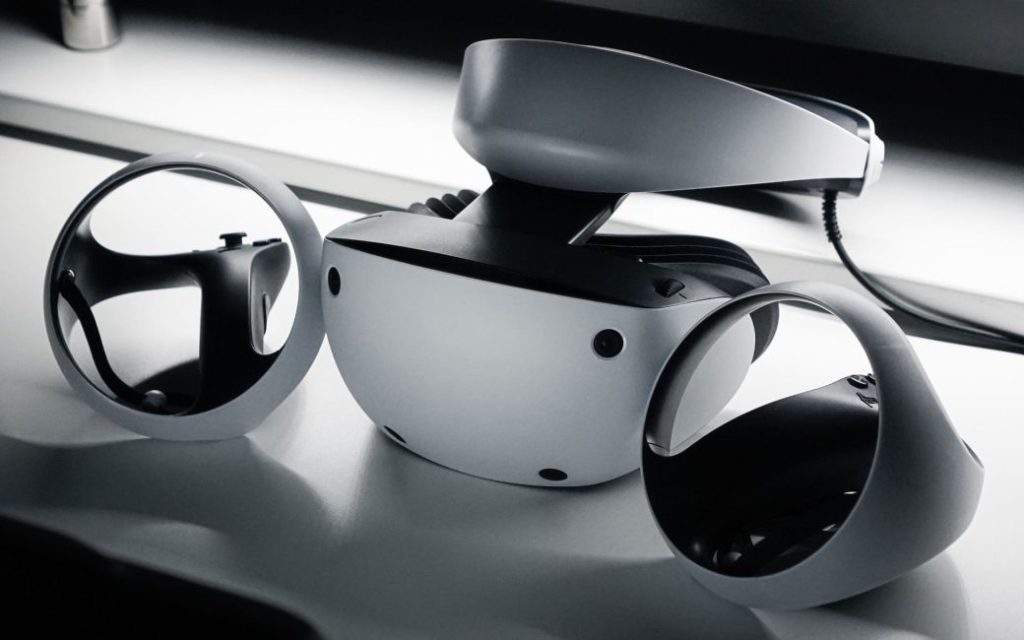
Furthermore, what the PS VR2 really needs during its first year — as any other product in the same position would, truth be told — is a set of high-quality, truly original, exclusive virtual reality games that consumers can’t play anywhere else. That would give PS VR2 the boost it needs to go from “very promising” to “must-buy” as early on as possible.
Having said that, there’s already no other VR platform on the market that can match what the PS VR2 can do when properly utilized. There are some fantastic games for other VR platforms, yes, but Sony is offering pure console gaming in VR with this product: its setup is dead simple, its performance is predictable and dependable, its capabilities are advanced but consumer-friendly. It’s not based on an open hardware architecture, of course, but the hardware of the PS5 is well-explored by now so PS VR2 game development for it will not be all that hard for large teams or small indies.
This is a product with an obvious, undeniable potential that demonstrates Sony’s commitment to virtual reality entertainment at a time when other companies seem unsure of it. It may look like a bold bet now, yes, but the PS VR2 also makes it seem like an exciting, worthy pursuit — which is exactly what this product is supposed to do for gamers. As such, yes, it is highly recommended. We can’t wait to see what Sony will be offering for the PS VR2 in the next 12 to 24 months: if it can deliver on software in the same way it delivered on hardware, then we’re all in for a treat.
Update 14/03/2023: Added a relevant video, basic information and a number of details regarding the current level of compatibility of the PS VR2 with Windows 11 PCs.
SONY PLAYSTATION VR2 SCORECARD

TO THE POINT
An impressive, confident step forward for VR, this is an excellent product with a lot of potential for greatness – but a lot depends on the AAA exclusive games it will, or will not, deliver over the next 18 months.
Well-thought out, functional design | |
High build quality | |
Beautiful screen | |
Easy to set up | |
Forward-thinking features | |
Interesting bonus functionality | |
Vastly superior to its predecessor | |
Great market potential | |
Not terribly expensive for what it is |
Not cheap either | |
Wired connection still a necessity | |
No direct backwards compatibility | |
Future software support still to be determined |












